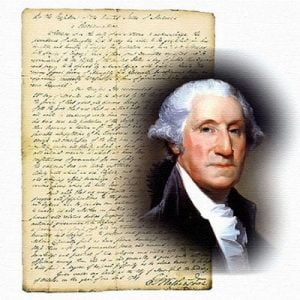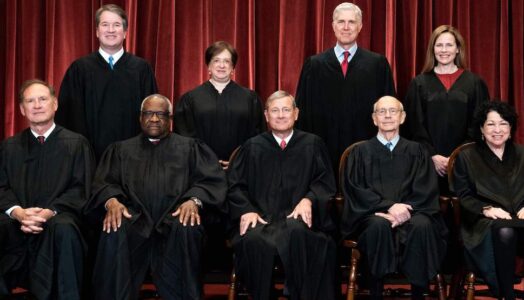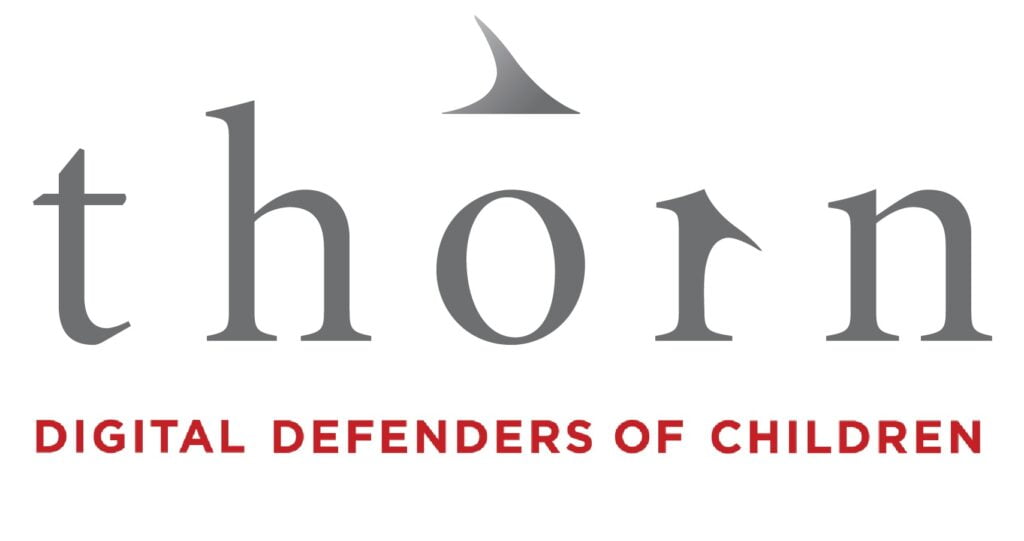(SCOTUS) is the highest court of the judiciary of the United States of America. Alexander Hamilton originally described the federal judiciary as the “least dangerous branch” due to the fact that it does not have the power to enforce its rulings, or control the country’s finances.[2] However, due to liberal tendencies the Supreme Court has grabbed so much power in the last half-century that it currently exceeds the authority of the other branches of government. The Supreme Court hears and decides fewer and fewer cases: 150 per year in the mid-1900s, to only 80-90 cases in 1990s and 2000s, to only 60-70 around 2020, and then only 50-60 cases in 2022.[3]
“If the … president doesn’t place morally sound Christians on the bench of our highest court of this land, we might as well look for a new country to raise our children in. The Reagan and George H. Bush administrations failed us when they nominated “moderates” to the bench and the Clinton administration further disappointed us with the nomination of Judge Ginsburg. The … presidential administration will determine the path the United States will take. Will it be path of light, or further darkness?” — Anthony A. Falzarano
Starting in 1791, the Supreme Court met in the Old City Hall building in Philadelphia. The size of the court was set at nine in the Judiciary Act of 1869. Between 1800 and 1935, it met primarily in the basement of the United States Capitol building, then in the Old Senate Chamber, until it moved into its present location at One First Street NE, Washington, D.C.
The Constitution does not specify the number of Justices on the Court. The Judiciary Act of 1869 set the number at the current nine, consisting of eight Associate Justices and one Chief Justice. To assist them there are many clerks, guards, and staff. Historians generally divide Court history into eras named after the Chief Justice then presiding (e.g., the Rehnquist Court and the Warren Court).
Justices are appointed by the U.S. President with the advice and approval of the U.S. Senate, which means that confirmation by a vote of a simple majority of the Senate is required before one can be sworn in as a Justice of the Supreme Court. There is no requirement that, whenever The Chief Justice’s seat is vacant, that the nominee be a member of the Court, though it is common.
A list of pending cases to be heard on their merits by the Supreme Court, also known as petitions for which certiorari has been granted, is available on its website.
With the exception of a few cases (mainly involving disputes between states) where the Court has original jurisdiction, a party to a case from a lower court (either a Federal appellate court, or a state supreme court if the party is arguing that a United States Constitutional right was violated) must request the court to grant a writ of certiorari to hear the case.
The Court grants the writ in only about one out of every 100 petitions filed with it each year. And when granted, not all cases result in an actual court hearing: the court may grant the writ in a case similar to one where the Court did render an opinion, but then instead of a hearing will remand (return to the lower court) the case to reconsider its decision in light of the Court’s opinion in the similar case (this is common if the opinion was rendered either during a term of the Court or the immediately preceding prior term).
When a case is heard, the Court hears the cases en banc (as opposed to lower level courts where a panel may hear the case). Time limits are very strict, usually only one hour (divided between the parties) is granted (though, in some exceptional cases, extra time may be granted) and the parties are frequently interrupted by a Justice asking a question or making a comment (though notably, Justice Clarence Thomas had a long period where he didn’t ask a question from the bench).
Prior to the Marshall Court, the Court issued opinions in seriatim. This means that each Justice wrote his own opinion and delivered it from the bench. Currently, the Court issues one opinion, said to be “the opinion of the Court”. Opinions tend to have the history of the case, followed by the Court’s reasoning and action. Generally the opinion will be written by a member of the majority, chosen by either the Chief Justice or the most senior Justice in the majority.
When a majority of Justices agrees to the opinion, it is called the majority opinion. Occasionally, a majority of Justices agrees to the remedy, yet a minority of Justices agrees with the main opinion. This is called a plurality opinion.
Justices that disagree with the Court’s action can and frequently do write dissenting opinions, which state their objections to the ruling. When a Justice agrees with an action, but not the reasoning behind it, he may write a concurring opinion, which states the reasoning he would have used. Such opinions have no bearing on the case at bar, but are often used later in time as justification for legal rulings.
Current members
| Name | Date of Accession | Appointed by | Title | General ideology |
|---|---|---|---|---|
| Clarence Thomas | October 23, 1991 | George H. W. Bush | Associate Justice | conservative |
| Stephen Breyer | August 3, 1994 | Bill Clinton | Associate Justice | liberal |
| John Roberts | September 29, 2005 | George W. Bush | Chief Justice | moderate/liberal |
| Samuel Alito | January 31, 2006 | George W. Bush | Associate Justice | conservative |
| Sonia Sotomayor | August 6, 2009 | Barack Obama | Associate Justice | liberal |
| Elena Kagan | August 7, 2010 | Barack Obama | Associate Justice | liberal |
| Neil Gorsuch | April 10, 2017 | Donald Trump | Associate Justice | conservative |
| Brett Kavanaugh | October 6, 2018 | Donald Trump | Associate Justice | conservative |
| Amy Coney Barrett | October 26, 2020 | Donald Trump | Associate Justice | conservative |
Source: Conservapedia
Chronological History of Events Related to SCOTUS

Church of the Holy Trinity v. United States: Supreme Court Decides America is a Christian Nation!
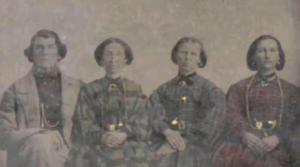
The Supreme Court Rules in Reynolds v. United States making it a Crime to Practice Polygamy

Ku Klux Klan Act passed by Congress
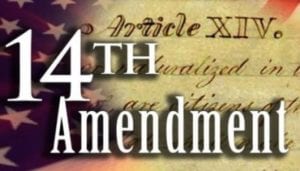
14th Amendment to the Constitution is Adopted
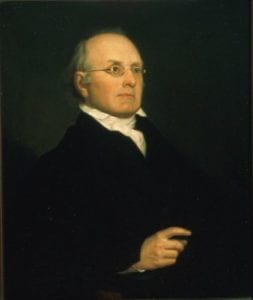
Videl v. Girard: US Supreme Court Rules that American Schools are to Teach Morals and Christianity Using the Bible in Schools

Amistad Rebellion: Sengbe Pieh and 56 fellow Africans Mutiny Aboard the Ship La Armistad enroute to Cuba

The Liberty Bell is Cracked at the Funeral of Chief Justice John Marshall who Usurped the Constitution with the God-like Power of “Judicial Review”
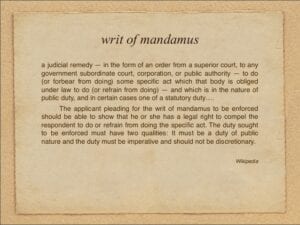
Little v. Barreme: SCOTUS Finds that the POTUS does not have “Inherent Authority” or “Inherent Powers” that Allow him to Ignore a Law Passed by the US Congress
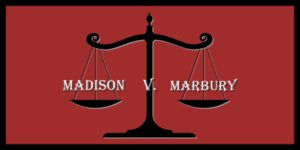
Marbury v. Madison: The Supreme Court Case that introduced Judicial Review
